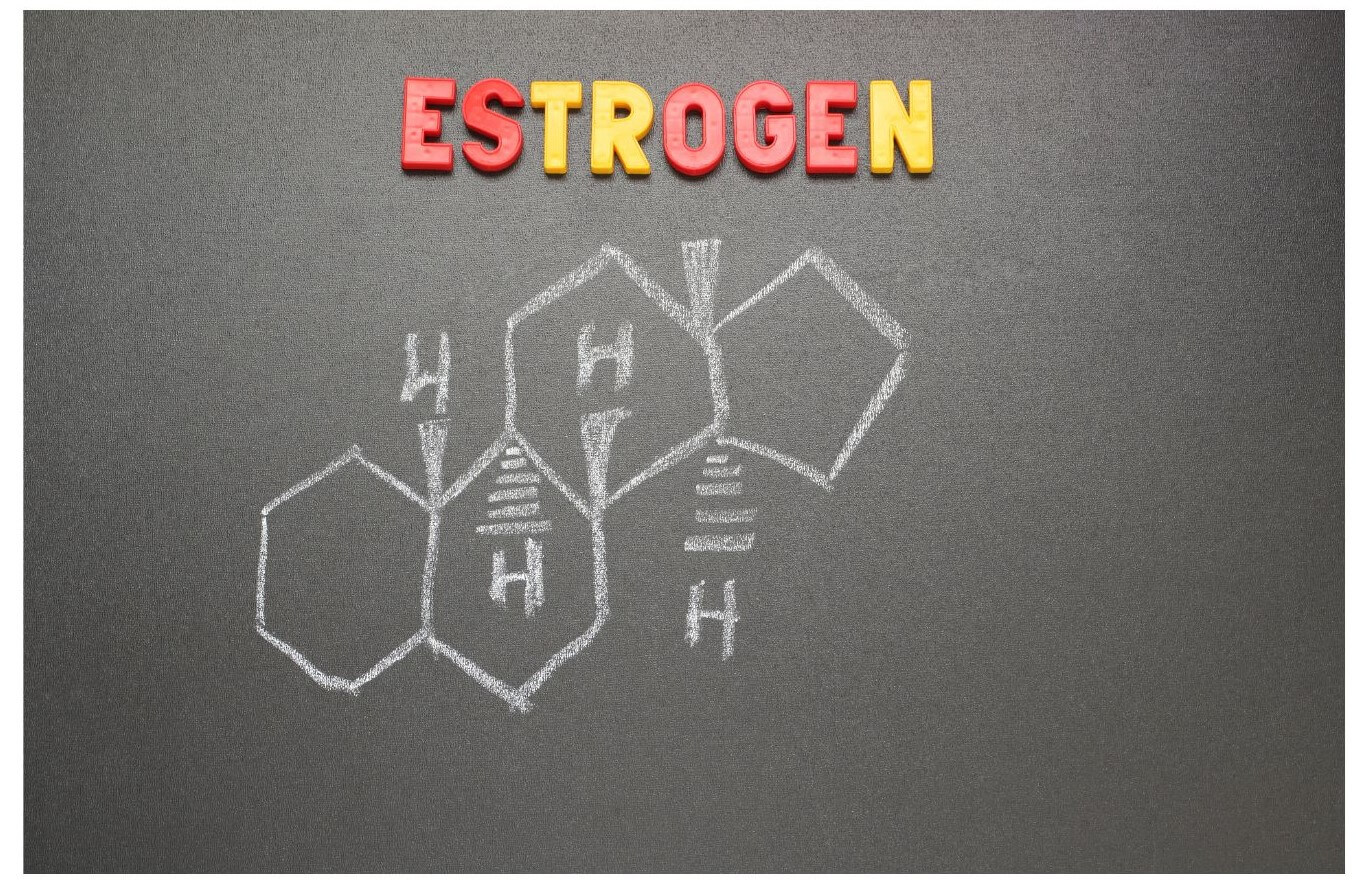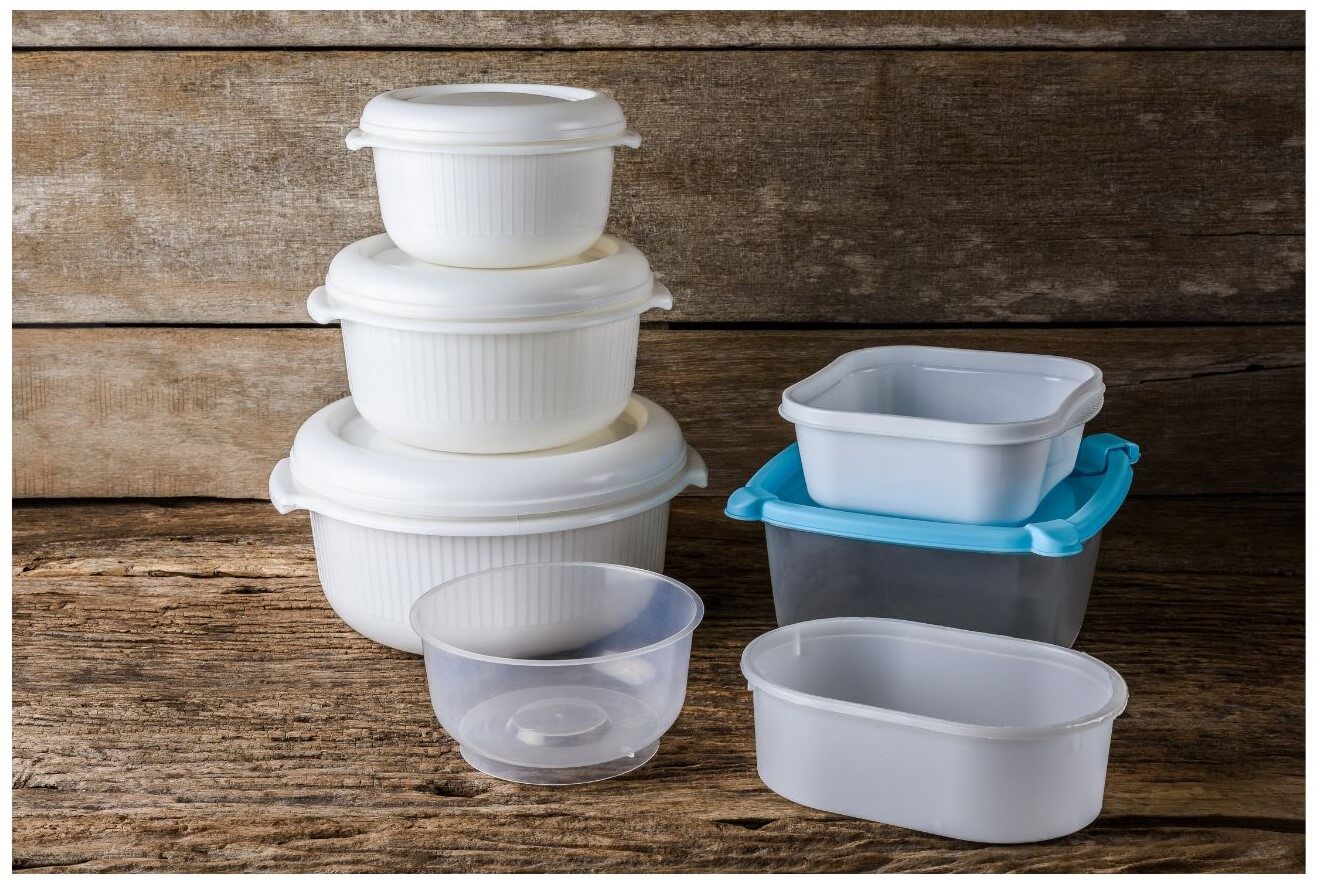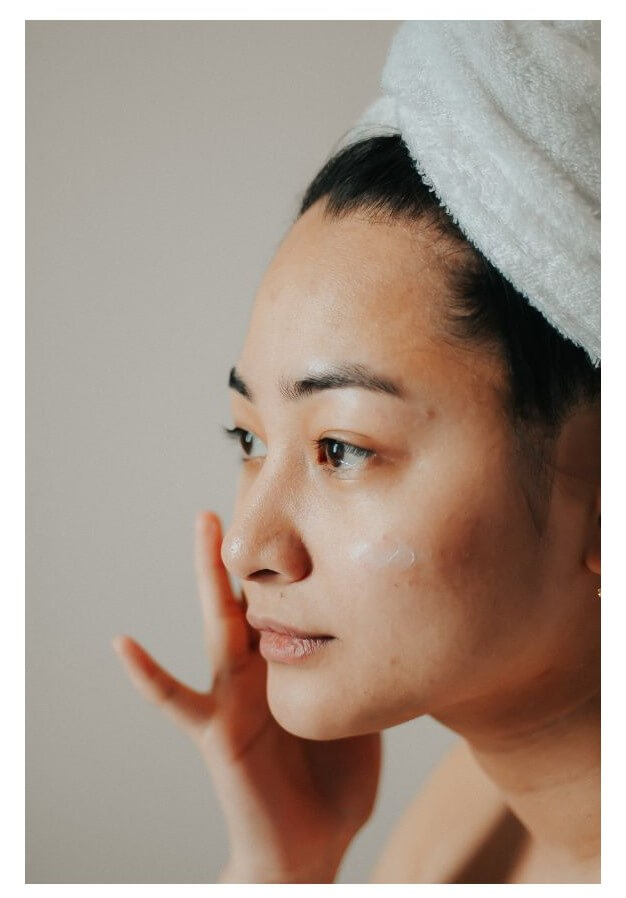Navigating the Hormone Disrupting World: What You Need to Know About Xenoestrogens
Today, hormone imbalance is becoming increasingly commonplace. From PMS to PCOS, the cause of these health issues may not be far from the everyday items we use. The culprit? Chemicals that disrupt hormones – a class of compounds known as xenoestrogens.
Everywhere we turn, xenoestrogens are sneaking into our lives; these powerful chemical agents can disrupt hormones and wreak havoc on our endocrine system. Unfortunately, understanding the causes of hormone imbalance and ways to protect ourselves from xenoestrogens isn’t common knowledge, yet it’s critical if we want to keep our bodies functioning optimally. We’ll go over what you need to know about xenoestrogens—from their prevalence in everyday items to practical tips for avoiding them and protecting your hormone health.
Learn how easy it is to make your hormone health a priority and feel your BEST inside the Superwoman Circle.
What are xenoestrogens?
Xenoestrogens are a compound that mimics the hormone estrogen, but are not produced by the body. They’re found in foods and drinking water, as well as in plastics and personal care products that we come into contact with dozens of times per day.
Because these compounds interact with estrogen receptors in the body, xenoestrogens affect hormone balance, which sometimes may be beneficial for our health—but in most cases these effects are detrimental.

Xenoestrogens can be synthetic (man-made) or natural. In fact, natural phytoestrogens from foods like soy and flax are also considered xenoestrogens, though these plant-derived compounds often have notable health benefits.
Synthetic xenoestrogens can attach themselves to receptors responsible for healthy hormone functioning. When this happens, xenoestrogens disrupt natural hormones by either blocking or mimicking the actions of the body’s natural estrogens (1). This can result in a variety of health issues, from PMS to PCOS and estrogen dominance and, potentially, fertility problems.
Learn more: What Causes Hormone Imbalance in Women?
EDCs are linked with altered reproductive function
Xenoestrogens are considered endocrine disrupting chemicals (EDCs). EDCs are mostly man-made compounds, found in various materials such as pesticides, metals, additives, or contaminants in food and personal care products.
EDCs are suspected to be associated with altered reproductive function in males and females, increased breast cancer risk, and changes in immune function. Fetal exposure, for example, has been shown to cause reproductive harm in women as well as changes in menstrual cycles and fertility (2).
Endocrine disruption puts many people at increased risk of hormone-related disorders.
- Hormone imbalance or endocrine disorders
- Multiple chemical sensitivity
- Allergies and asthma
- Infertility
- Autoimmune disease
- Hashimoto’s thyroiditis
- Reduced immune function
Related: How to Hormone Detox—6 Steps for Your Liver and Digestive System
Most people are continually exposed to these potentially dangerous substances
Man-made estrogenic-mimicking compounds have become a part of everyday life.
Most of us are continually exposed to these synthetic xenoestrogens because they typically end up in either stormwater or wastewater. Then, water that contains EDCs is used to irrigate fruit and vegetable fields (3). This also has a detrimental effect on wildlife.
Learn more: Phytoestrogens—Good or Bad for Hormones?
The most common sources of xenoestrogens

One of the most widely diffused and dangerous synthetic xenoestrogens is bisphenol-A (BPA), which is widely used in food containers, plastic bottles, and receipt paper. BPA exposure may be associated with the development of several types of hormone-related cancers (4).
To avoid these problems, BPA was recently replaced by other bisphenols, such as bisphenol-S (BPS). However, some of these BPA “alternatives” are more potent toxins than BPA itself. They have been detected in human blood and breastmilk, and have been linked to weight gain as well as cancer development (5).
Other sources of xenoestrogens
- Phthalates (used as plasticizers in cosmetics, medical devices and testing kits)
- Parabens (used in many skincare products)
- Pesticides (insecticides used in commercial agriculture)
- Dioxins and PCBs (chemicals released into the environment from industrial processes, burning fuels, and power plants)
Read: 3 Detox Methods That Actually Work
Ways to avoid xenoestrogens
Today, it’s nearly impossible to avoid all endocrine disrupting compounds, but you can significantly reduce your exposure. Some ways do this include:
Eat organic
Whenever possible, eat organic, hormone and pesticide-free food. Because pesticides are used heavily in conventional farming, organic foods have significantly fewer EDCs than conventionally farmed produce.

Use clean skincare
We rub them on our faces, apply them to our lips, and even rub them in our armpits. Our bathrooms today are stocked with cleansers, creams, lotions, scrubs, and dozens of other products all designed to make us look and smell good. In addition to makeup and other skincare, each product you use an opportunity to expose your skin to hormone disrupting compounds like parabens, benzophenones, bisphenols, and phthalates (6). Choose skincare and makeup products free from harmful endocrine disruptors. You can learn more about what products to avoid in the video linked below.
Watch: Toxic Beauty Products Responsible for Hormone Imbalance
Filter your water and indoor air
Indoor air can be up to 5x more polluted than outside thanks to VOCs, cleaning products, and artificial fragrances, an air filter can help remove these irritants for easy breathing.
Harmful perfluorinated compounds (like PFAS and PFOA) disrupt hormone function & development and are nearly ubiquitous in water sources. Carbon filters and reverse osmosis can remove the majority of these harmful compounds. A clean and safe home environment should be at the top of the list when it comes to protecting your hormones from endocrine disruptors.
Swap your non-stick cookware
Non-stick coatings on cookware contain PFOAs that release volatile chemicals when heated that almost guarantee the release of chemicals into your food and the air you breathe. Swap non-stick-coated cookware for cast iron, stainless steel, glass, or ceramic.
Store food in glass—not plastic
Avoid BPA and its similarly bad-for-you alternatives by ditching plastic food containers and storing food and drinks in glass or stainless steel. BPA has estrogenic activity that can leach into foods stored in plastic containers, especially when heated.
Remove artificial fragrances
Candles, room deodorizers, and other artificial scents contain harmful VOCs and other chemicals that have been shown harmful to human health. For a more natural approach, use products scented with essential oils or extracts.
Read: Essential Oils for Allergy Relief

Use hormone-friendly cleaning products
Every time you wipe down a counter or surface with a conventional cleaner, you leave a little bit of chemical residue behind. Not to mention, while you’re using the product itself, it can off-gas harmful VOCs into the air and right into your respiratory system.
There are many safe and affordable cleaning options on the market, such as Branch Basics, Citra-solv, and Seventh Generation.
Check out my DIY bug spray recipe.
Limit off-gassing from furniture and home products
Furniture, carpet, textiles, mattresses and the stains & adhesives used in manufacturing them frequently harbor toxic endocrine disrupting compounds, but these items also fly under the radar of even the most health-conscious person.
Many brands and retailers now sell untreated furniture, as well as mattresses that must meet rigorous emissions standards for VOCs, formaldehyde, and other pollutants. Look for certifications like GREENGOLD, certified by UL Environment to be free from Formaldehyde, and OEKO-TEX.
In summary
Keeping your living environment toxin-free from xenoestrogens is a must to protect yourself and your family from any long-term health effects of hormone disruptors. Make sure to pay attention to what you bring into your home, and look for natural alternatives where possible. Add an air filter and keep up with regular maintenance checks on all appliances
Resources
